Meet Sai Reddy | Founder of the nonprofit A Roof for All
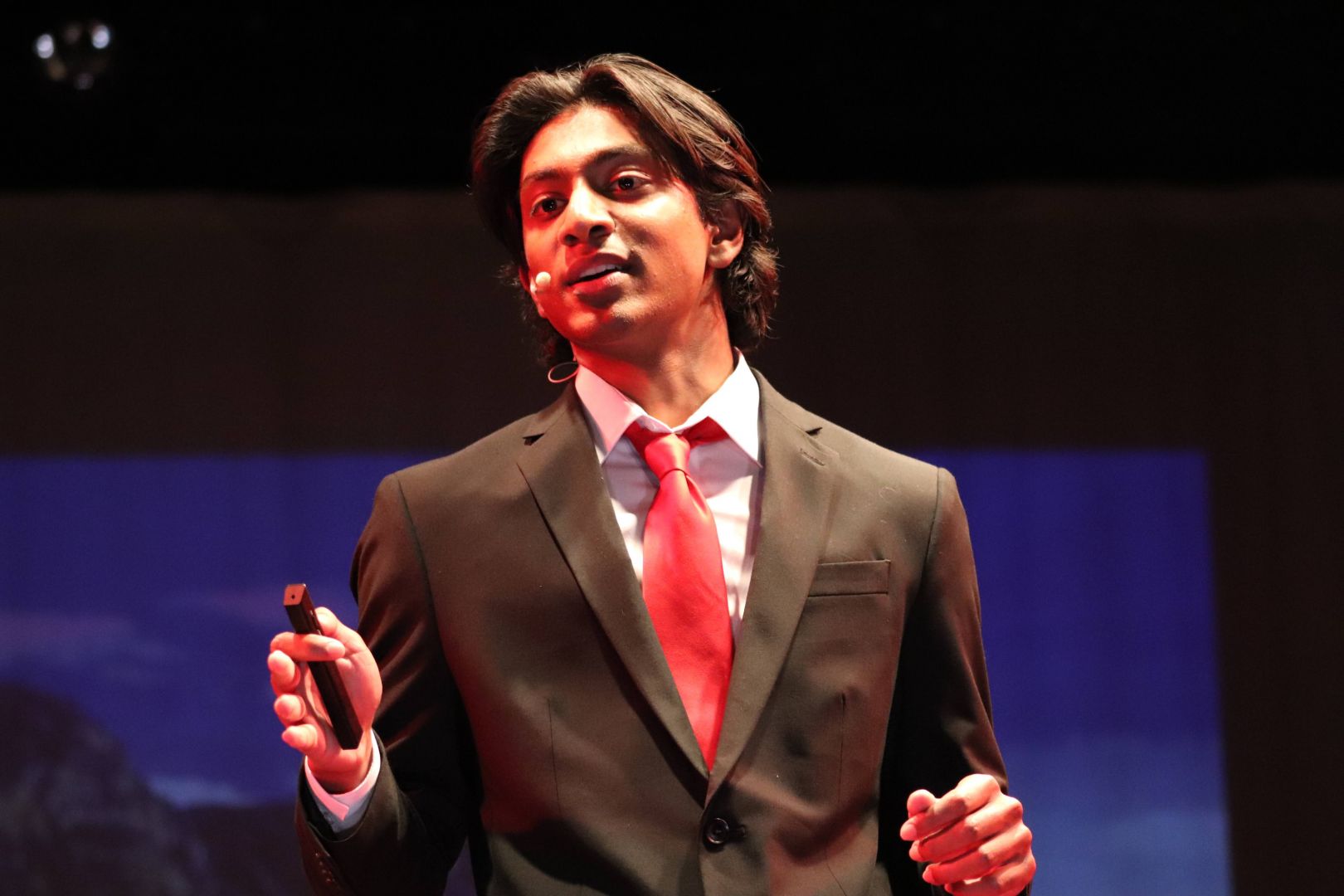
We had the good fortune of connecting with Sai Reddy and we’ve shared our conversation below.
Hi Sai, what was your thought process behind starting your own business?
It was about three years ago, a month or so into my freshman year of high school, that I found myself in the middle of my school’s annual Club Rush. Surrounded by a plethora of different clubs and their respective tables, I was eager to join them all – or at least eat the various baked goods and sweets that they offered. After I had my fill of cupcakes, I was ready to leave the crowd, my name signed on to a hundred clubs I’d never join, when I noticed a stand with these beautiful pictures of Cape Town, South Africa; someplace I’d always wanted to go. It turns out that the club hosted an annual contest for its members, the winners of which would get an all-expense paid trip to volunteer in the country over the summer. Before even finding out what the club was about, I’d already signed up.
The club itself, The Manenberg Artesia AIDS Project – was an international coalition between Artesia High School in Southern California and Manenberg High School in South Africa, which strove to end the stigma related to HIV/AIDS around the world. For one of our first events, we volunteered at a local AIDS Food Bank. And it was there that I started to notice that many of the people coming to the food bank were not only food-insecure but were also currently experiencing homelessness and had been for a while.
Growing up in LA you become almost acclimated to the homelessness crisis all around you, so it wasn’t until I volunteered here, that I started to empathize with the situation. This inspired me to start my own nonprofit, A Roof for All, with the goal of ending homelessness in the greater LA area. I felt that this was needed since its niche of fighting food insecurity with the intent to make housing more accessible, was just not being focused on in the high school sphere; thousands of people eager to change their community were just not being utilized to tackle this particular issue.
I began by organizing a group of friends and hosting food drives. Without the added stress of worrying about what they’d eat that night, people can focus on getting the resources they need to uplift themselves from their individual situations. After all, you can’t have upwards social mobility on an empty stomach. As our following grew from a few dozen volunteers and supporters to hundreds from across southern California, so did our portfolio. Since then, we’ve worked with a local farm to harvest fresh produce for people facing food insecurity and worked with Habitat LA to construct homes for low-income families in the region. Most recently, we’ve held our annual RunToRoof fun-run fundraiser, the proceeds from which have been used to prepare hygiene kits, which our volunteers and I personally distributed to those on Skid-Row.
As our initiative expands–whether that be working with employment agencies to connect more people to jobs or influencing local legislature – our initial goal remains; to give everyone the opportunity to have a roof over their head – something they can call “theirs.”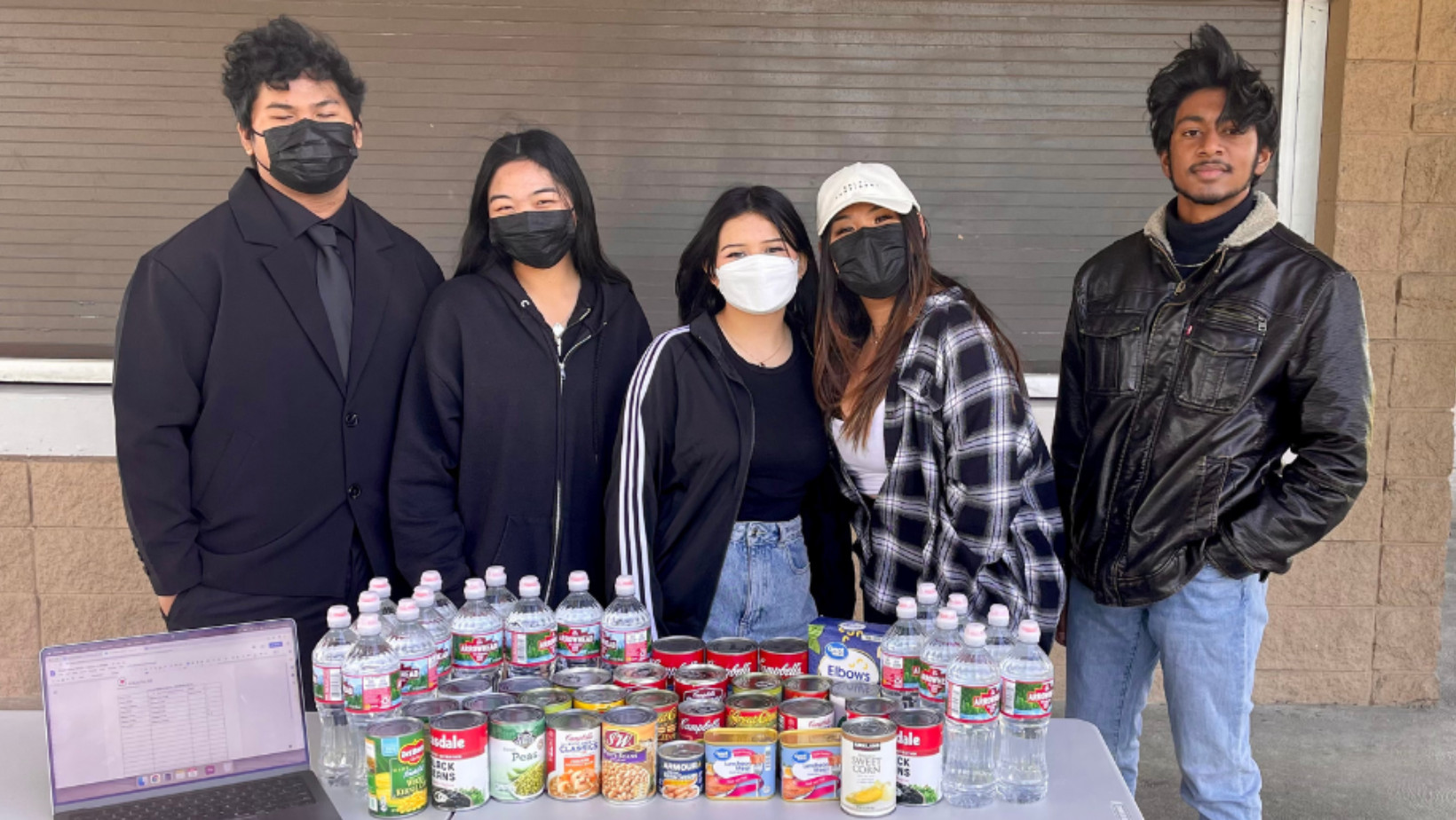
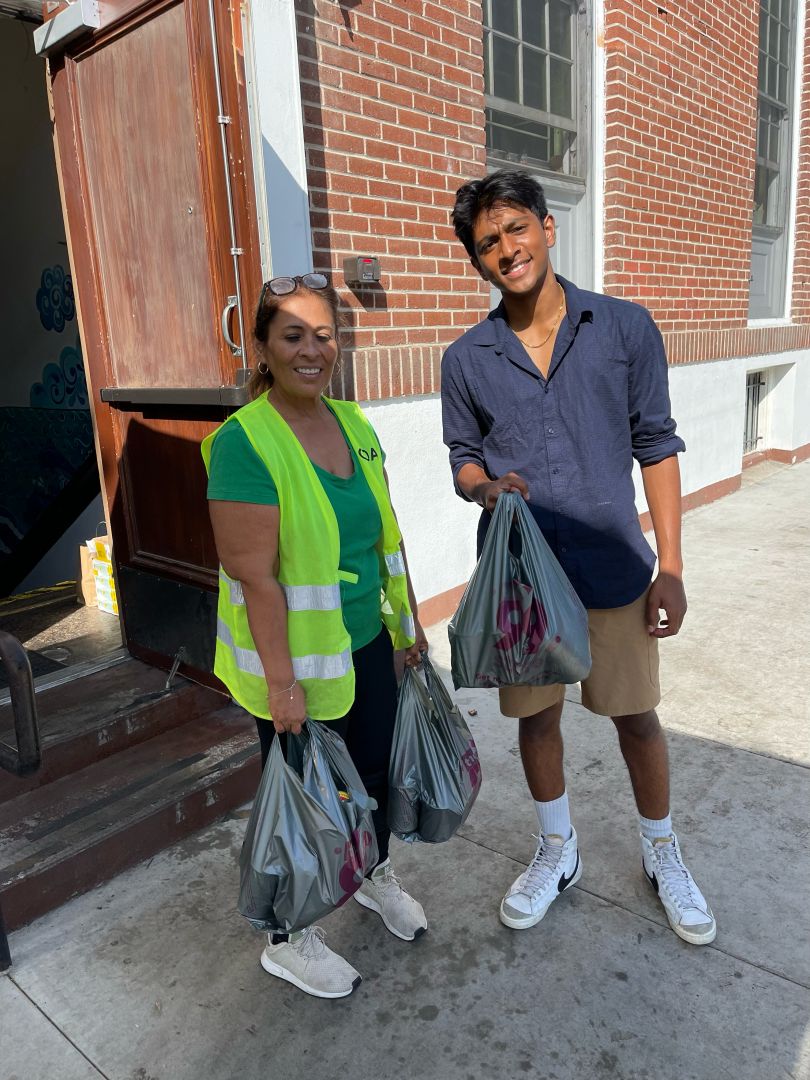
Let’s talk shop? Tell us more about your career, what can you share with our community?
When starting any organization, grand ideas, and final goals are important to have, as they provide an objective to aim for, and help new companies stay on track with their primary purpose. Of course, this purpose can change, and not all organizations need to be started with a larger goal; simply starting is one of the hardest parts. But in my case, I started A Roof for All with the grand, albeit naive, goal of eliminating homelessness in the greater LA area. I wanted to raise hundreds of thousands of dollars to build new low-income housing and make sure that everyone had access to the necessary resources which would allow them the option to achieve a higher quality of life; to escape homelessness. Over the course of a month, I filed for incorporation, organized a board of directors, set up online fundraising, and began spreading the word through our newly branded social media.
For our first event, my newly formed cabinet and I brainstormed ideas about what we should do. It needed to be something relatively simple, something that would give us a chance to work with each other, embrace our new roles, and ultimately build trust with our growing community. We decided that a food drive would serve us best. While the event was a success and we ended up collecting well over our initial quota, I was left feeling more motivated than before, but not sure what steps to take next; we could do more; we needed to.
For our first event, starting small seemed like a good idea, but what comes after? How could I scale the nonprofit from here to realize the dreams and hopes I had for it? I found that thinking back to the reason I started on this path, helped me move forward. I had started A Roof for All with the goal of ending homelessness in the greater LA area. I felt that the connection between housing insecurity and food insecurity was not being adequately focused on, especially in high schools. High school students in particular, while aware of the general challenges of homelessness, were not sufficiently informed about the many ways they could directly impact their communities. The way we’re addressing this challenge is by working with well-established organizations to augment our vision. So while we made sure to connect students with opportunities to physically build homes for low-income families with Habitat LA, and soon in Mexico with Whitney High School’s 9k Homes, we also work with Second Harvest Food Bank to harvest fresh produce for people in need and pack hygiene kits for the homeless community in Skid Row. Solving homelessness doesn’t only mean building houses; there isn’t only one answer.
When I first started, I was reluctant to work with already established organizations, to avoid the additional bureaucratic procedures we’d be able to avoid as a smaller firm, which I felt would ultimately allow us to reach our own goals more efficiently. But I came to realize that working with other organizations within the community and beyond doesn’t diminish your work but only adds to its efficacy. While larger organizations came with their own complications, the resources, experiences, and relationships they provided proved invaluable and brought us closer to our collective and individual goals.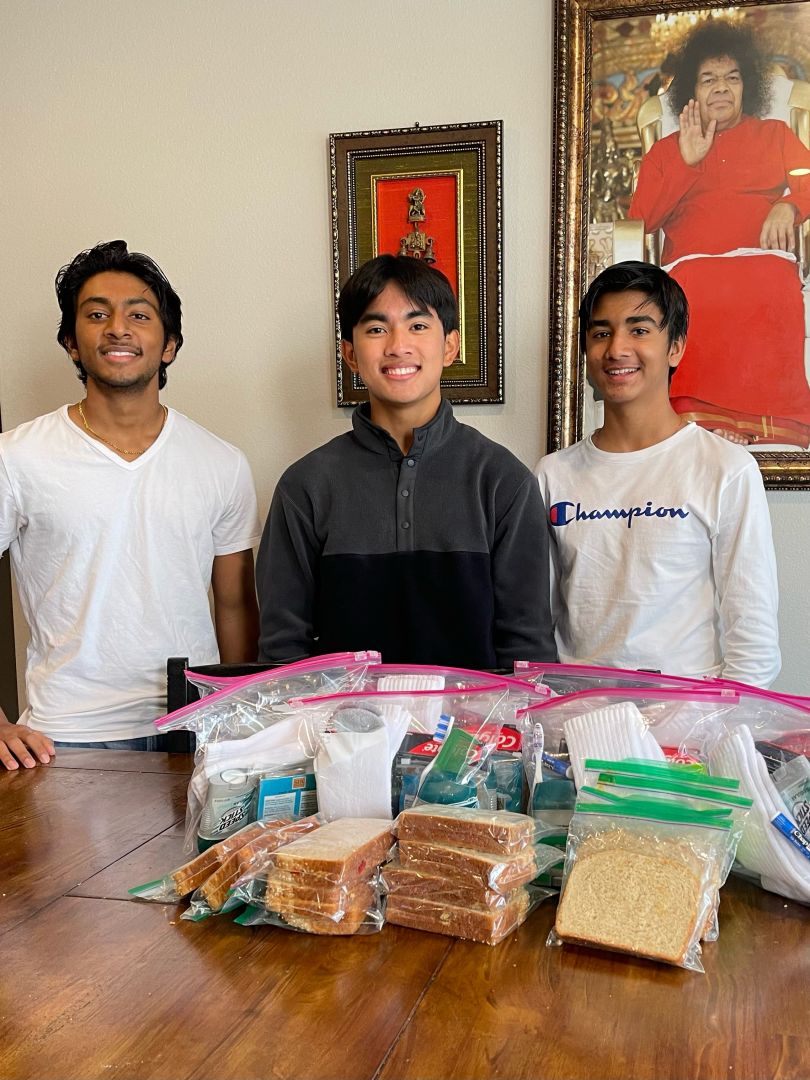

If you had a friend visiting you, what are some of the local spots you’d want to take them around to?
At the start of any trip to LA, especially after a long flight, I find that a burger from In-N-Out, whether it be the classic beef patty or a veg burger works best to get you into the California spirit. Once we’ve spent a day or two in Hollywood, seeing the classic tourist spots, and museums, and visiting theme parks like Universal Studios, we’d spend the next few days beach hopping across the coast, seeing Santa Monica Pier, and driving up the PCH to Topanga. There, we’d hike up the Santa Monica Mountains for unbeatable views of the LA skyline and the Pacific coast. And finally, once you’ve had your fill of the local Mexican food, amusement parks, museums, and beautiful sunsets, we’d come home to my family’s savory South Indian food.
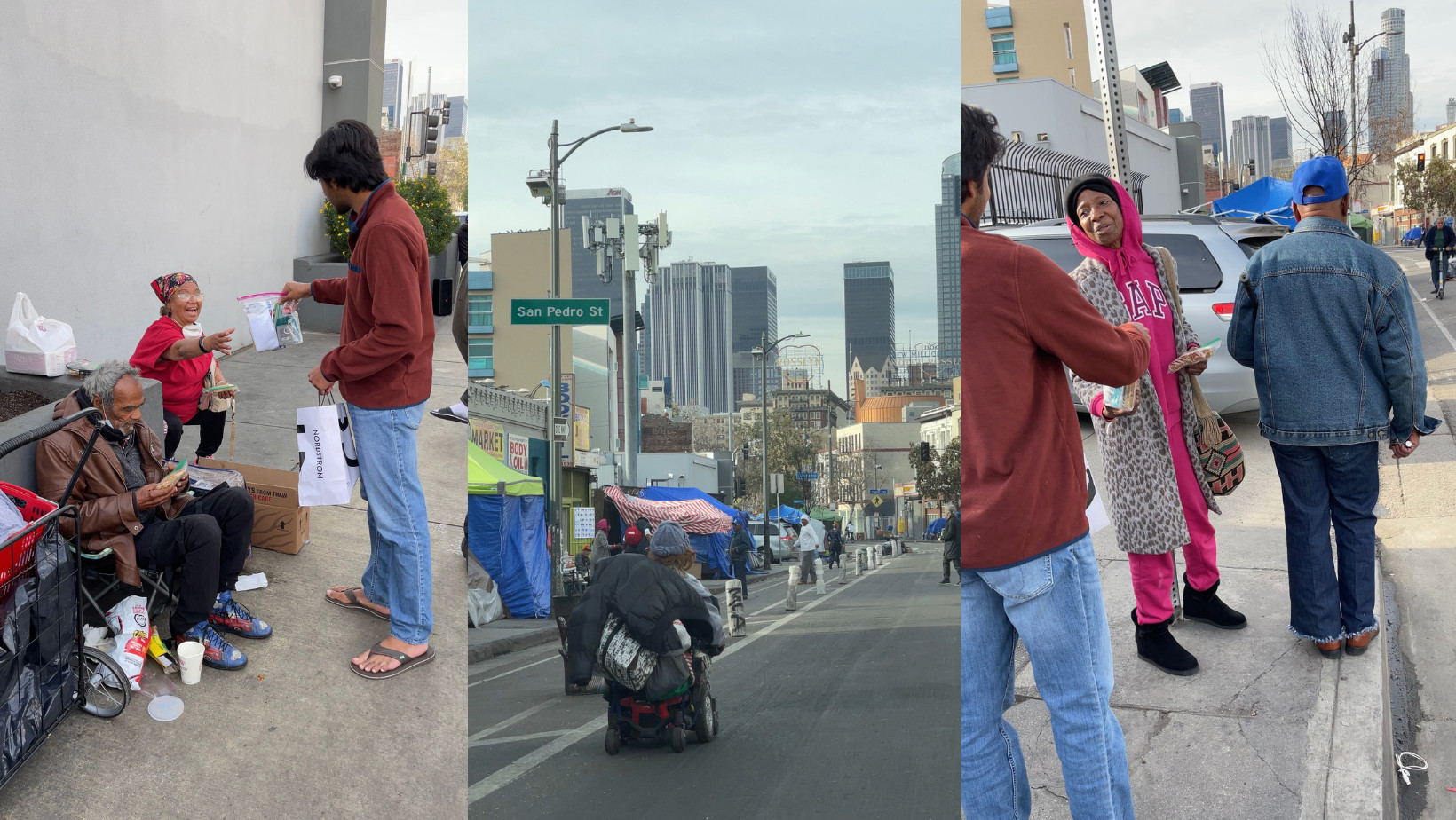
Who else deserves some credit and recognition?
I am grateful to the teachers and students in southern California and South Africa, who have worked to realize the goal of the Manenberg Artesia AIDS Project (MAAP). It was because of their commitment to outreach and service, that I was made aware of not only the stigma surrounding HIV/AIDS but also of the true extent of the homelessness epidemic; which ultimately led me to start A Roof for All. When there is an issue in our community, whether it be a stigma or the absence of a basic need, we need to mobilize everyone to address it, and it was MAAP that gave me the opportunity to learn how.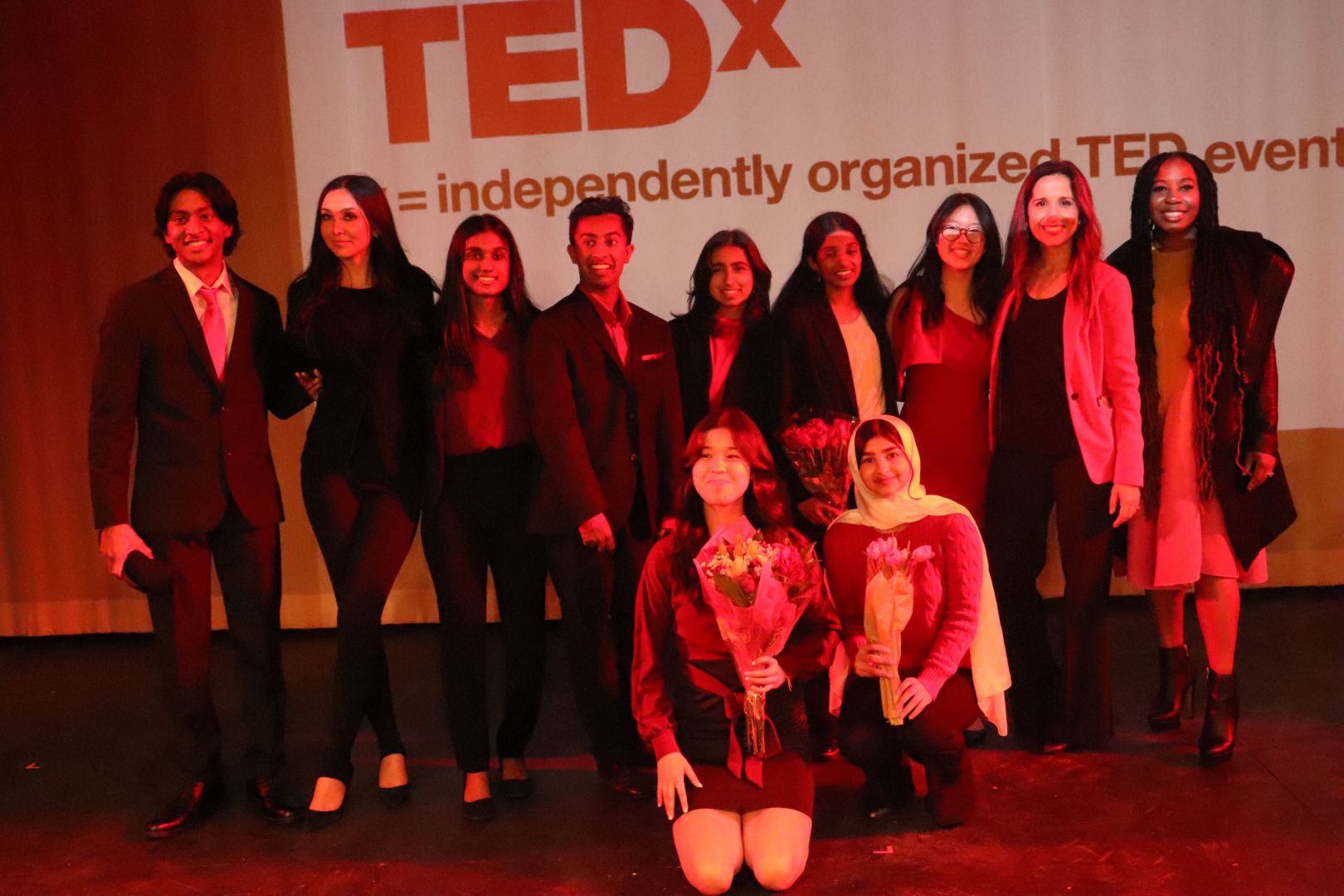
Website: https://www.aroofforall.org/
Instagram: https://www.instagram.com/roofforall/
Image Credits
A Roof for All Inc
